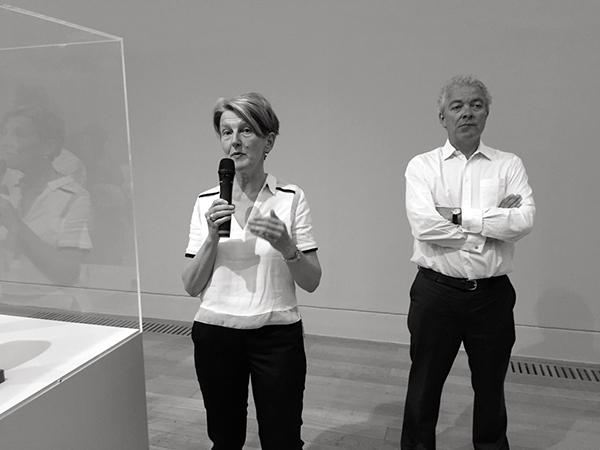Tate Britain is currently presenting the first major Barbara Hepworth exhibition in London for almost fifty years. Barbara Hepworth (1903–75) is most commonly associated with St Ives, Cornwall, where the artist lived from 1939 until her death in 1975. This major retrospective emphasises Hepworth’s often overlooked prominence in the international art world, of which she was a leading figure in the 1930s, and one of the most successful artists in the world during the 1950s and 1960s.
The exhibition charts Hepworth’s progress from small carvings made as a young woman to the magnificent bronzes that became part of the great sculpture collections of the world. It presents many of the artist’s surviving pre-war carvings, and some of her most significant sculptures in wood, stone and bronze. The exhibition will also encompass rarely seen works, including textiles, drawings, collages and photograms.
Hepworth was especially active within, and on behalf of, the modernist artistic community in St Ives during its period of post-war international prominence. Her experience of the Cornish landscape was acknowledged in her choice of titles. In a wider context, Hepworth also represented a link with pre-war ideals in a climate of social and physical reconstruction; this was exemplified by her two sculptures for the South Bank site of the Festival of Britain (1951). Public commissions and greater demand encouraged her to produce bronze editions.
Penelope Curtis and curator Chris Stephens spoke to Artlyst about the artist’s retrospective at Tate Britain, and gave a tour of ‘Sculpture for the Modern World’.
Audio: Penelope Curtis and Chris Stephens. Photos, P C Robinson © Artlyst 2015 all rights reserved
Barbara Hepworth: ‘Sculpture for the Modern World’- Tate Britain – until 25 October 2015

